Things To Do
There are year-round opportunities to view wildlife including whales, dolphins, seals, sea lions, and seabirds. The islands boast kelp forests, numerous sea caves, and beautiful serene coves to explore.
Diving
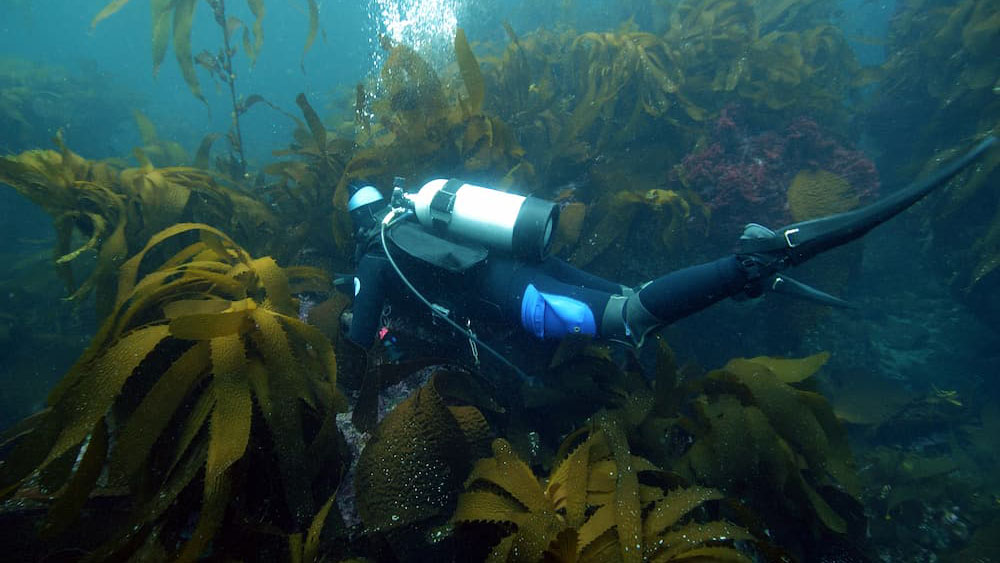
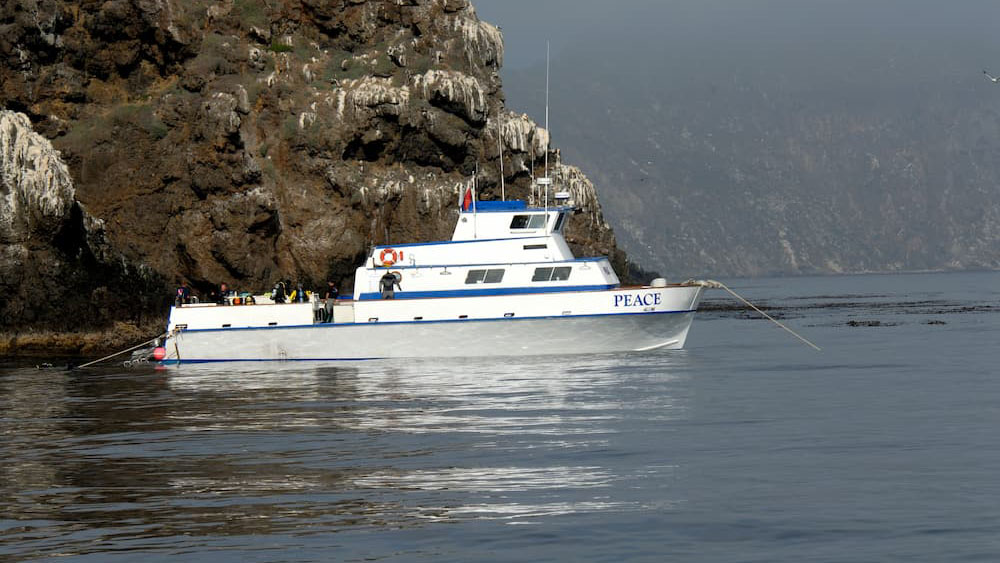
Towering kelp forests, sea caves, and coves in the waters surrounding the Channel Islands offer some of the best diving in the world. Explore the remains of historic shipwrecks that line the ocean floor, but please do not disturb or remove them as they are protected by law. Resist the temptation to collect shells and rocks, because they provide homes for sea creatures, and good surfaces for young plants and animals to settle and grow on. Consider underwater photography as a way to capture the beauty of marine life without depleting these important resources. If you fish or collect marine life, make sure that you obtain proper licensing and are familiar with the local California Fish and Wildlife regulations.
Dive Carefully - Be Gentle
Good buoyancy control is important. Be aware of body and equipment placement. Secure gauges and alternate air sources so they don't drag along the bottom and cause damage to the fragile marine organisms. The swish of a fin over a piece of purple hydrocoral may destroy decades of growth. Also, feeding, touching, and handling marine life may cause stress and interrupt normal mating and feeding behaviors.
Boating and Kayaking
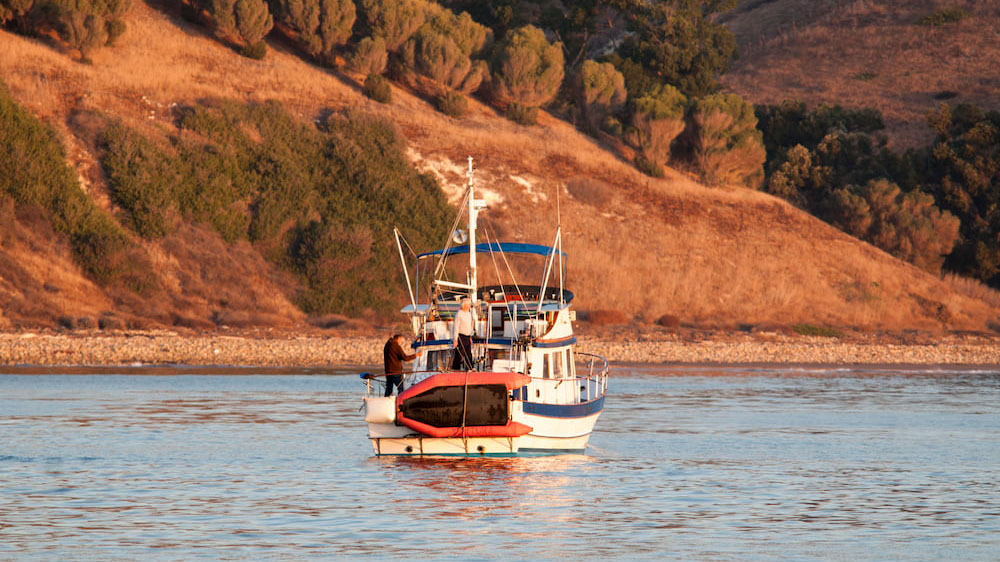
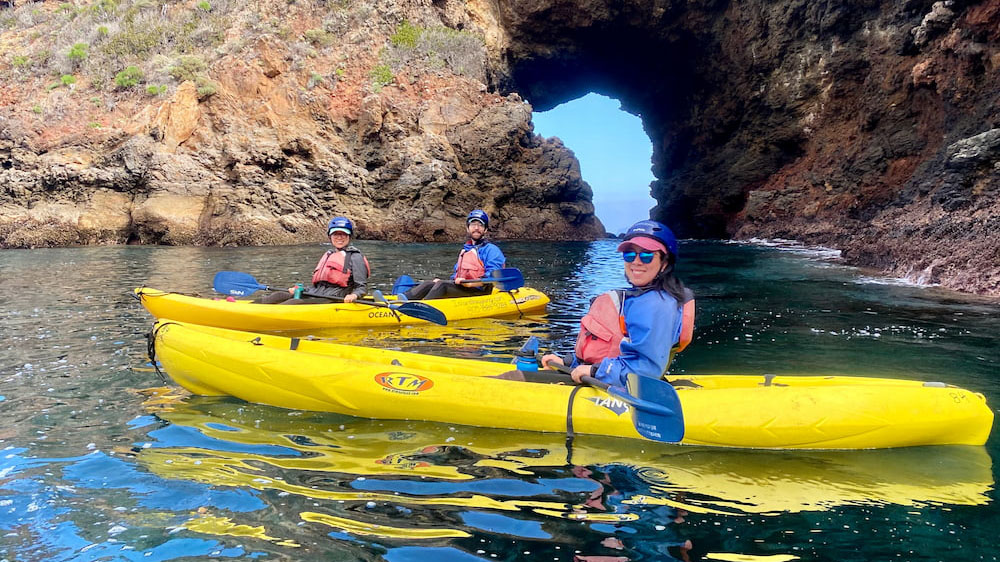
The Channel Islands offer wonderful kayaking and boating opportunities to explore island sea caves and enjoy breathtaking views of scenic coastlines. Please be aware of challenging and quickly changing weather, and at times, extreme sea conditions. There are no all weather anchorages around the islands. Dangerous sea caves greatly add to the risks of sea kayaking in Channel Islands National Marine Sanctuary and National Park areas.
Check out NOAA's collection of free resources for recreational boaters.
Recreational Fishing
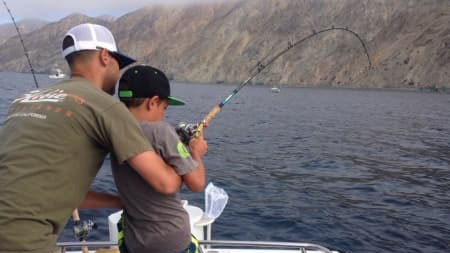
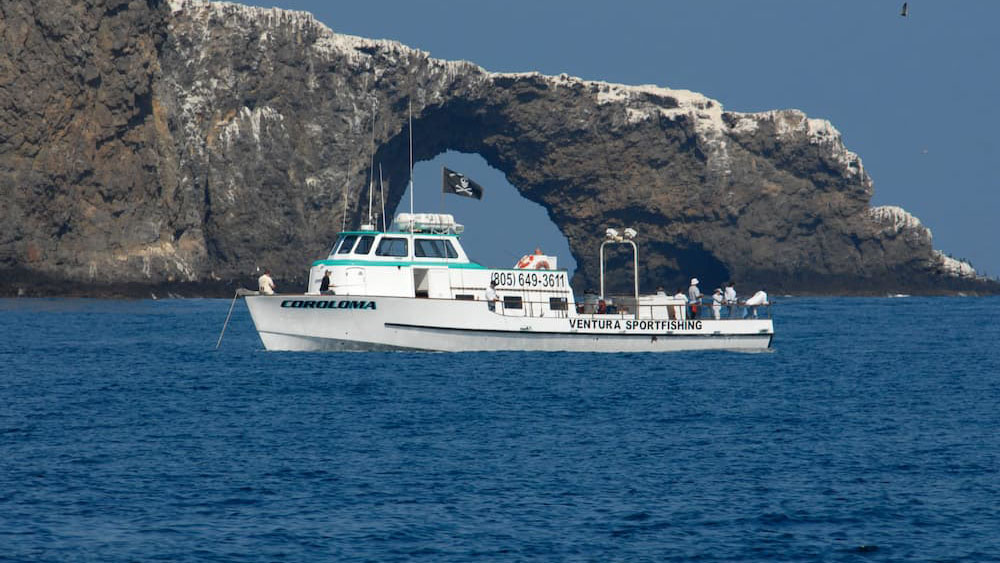
Exciting fishing opportunities are supported by the rich and productive waters and habitats surrounding the Channel Islands. The sanctuary is a popular destination for recreational fishing, with many chartered trips available out of local harbors.
Know before you go: Anyone 16 years and older must have a valid fishing license to take any kind of fish, algae, or invertebrate in California. Additionally, an Ocean Enhancement Stamp is required for ocean fishing south of Point Arguello, except when fishing under the authority of a two-day sport fishing license. State fishing regulations are available at www.wildlife.ca.gov. In addition, the sanctuary also has a network of areas with additional protections including 11 marine reserves that prohibit all fishing activities, and two marine conservation areas that allow limited take of lobster and pelagic fish. Fishing is not permitted within the marine reserves.
Check out our local friends at the Real Guppy Outdoors program, taking kids on educational fishing adventures, and the local non-profit Seafaring Opportunities for Those In Need.
Explore more information about recreational fishing from NOAA Office of National Marine Sanctuaries.
Learn about catch and release best practices from our partners with NOAA Fisheries, and check out their collection of helpful resources for West Coast recreational fishing.
Watching Wildlife
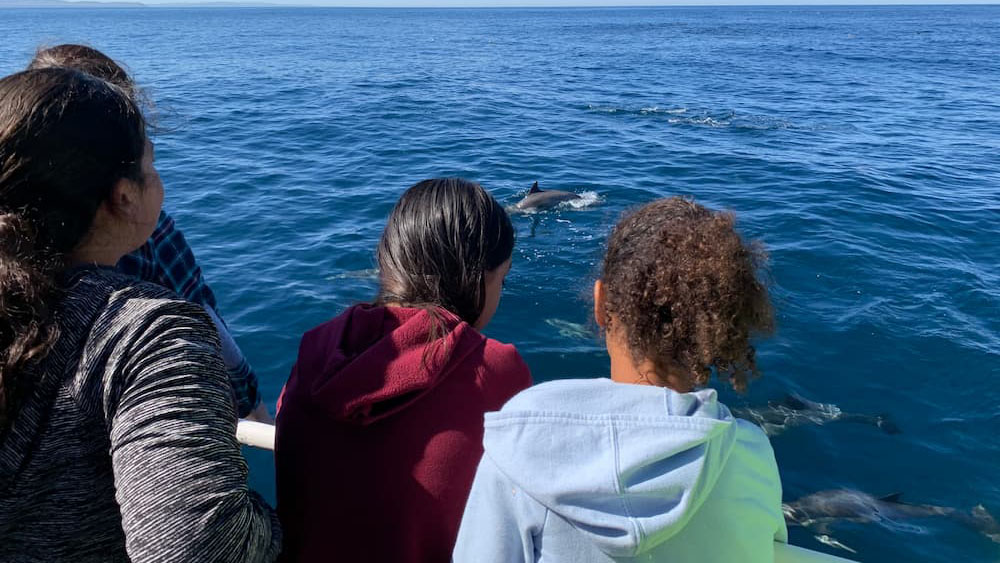
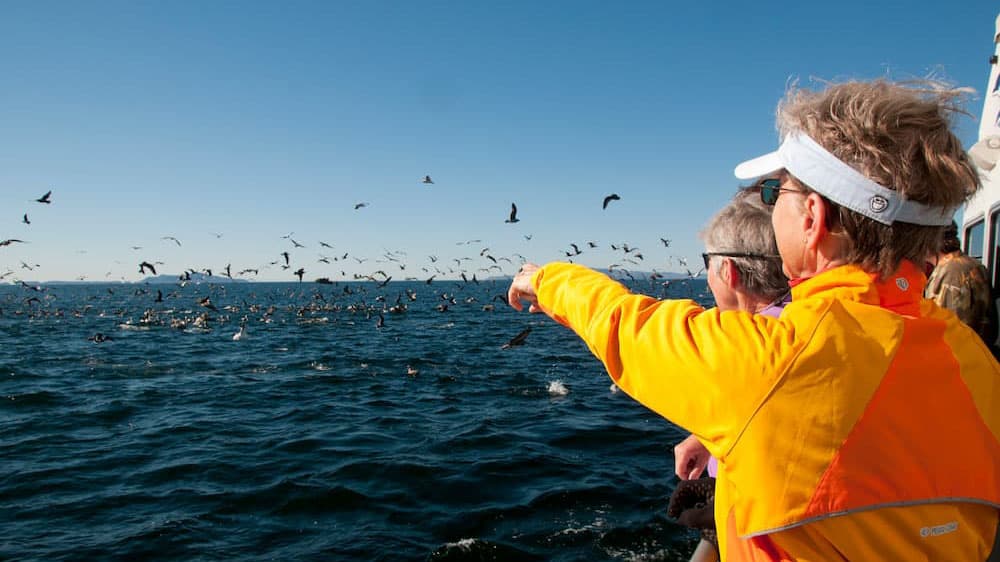
The waters around the Channel Islands offer year-round wildlife viewing opportunities. Please observe the marine mammal viewing "code of conduct" by remaining at least 100 yards from marine mammals and if approached by a whale, put the engine in neutral and allow the whale to pass. Boat movement should be from the rear of a whale. Federal law prohibits pursuit of marine mammals.
Some "Watchable Wildlife" Guidelines:
- Keep your distance.
- Do not touch any animal even if it appears to be sick, injured, or orphaned.
- Never feed wild animals.
- Do not use food, calls, whistles, decoys, or other artificial means to attract wildlife
- Leave pets at home - they may startle, chase, and even kill wildlife, and can introduce disease/parasites to island species.
- Help others to become responsible wildlife watchers/tour operators.
- Never get between wildlife and a seaward escape route.
- Take only memories and photographs, and leave only bubbles or footprints.
Learn more about responsible wildlife viewing and encounters with marine wildlife.
Hiking and Camping
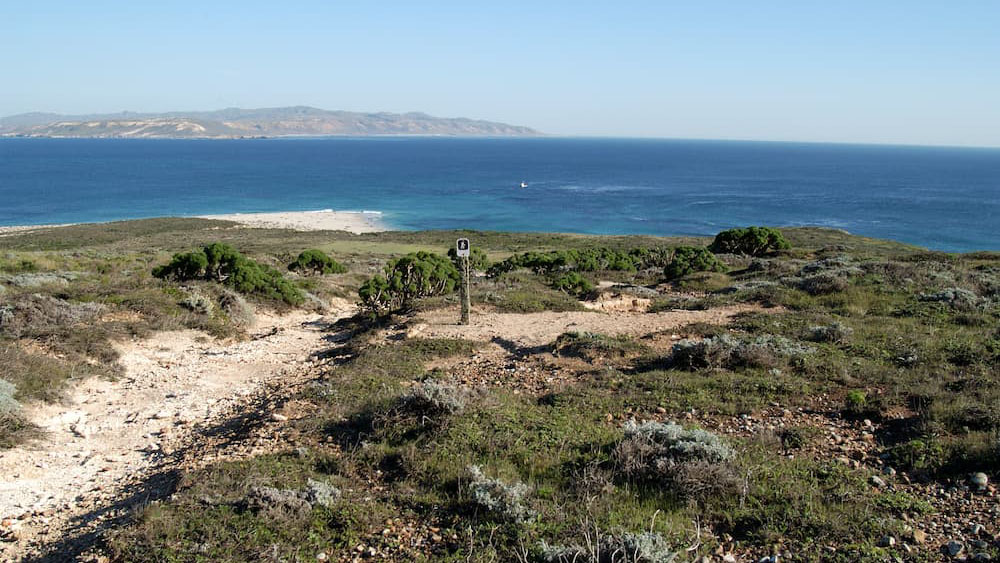
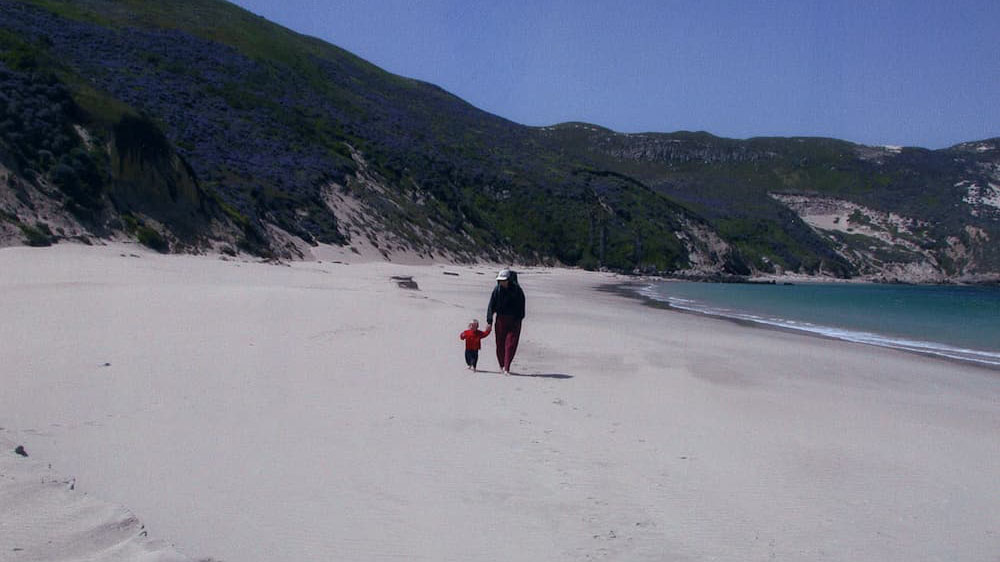
All of the islands offer great hiking opportunities on designated trail systems with some spectacular views of sanctuary waters. For additional Santa Cruz Island hiking information, also refer to The Nature Conservancy website.
There are also rusting camping opportunities within Channel Islands National Park, allowing for visitors to experience the best of land and sea in the area on a multi-day trip. This camping itinerary is a great place to start.

